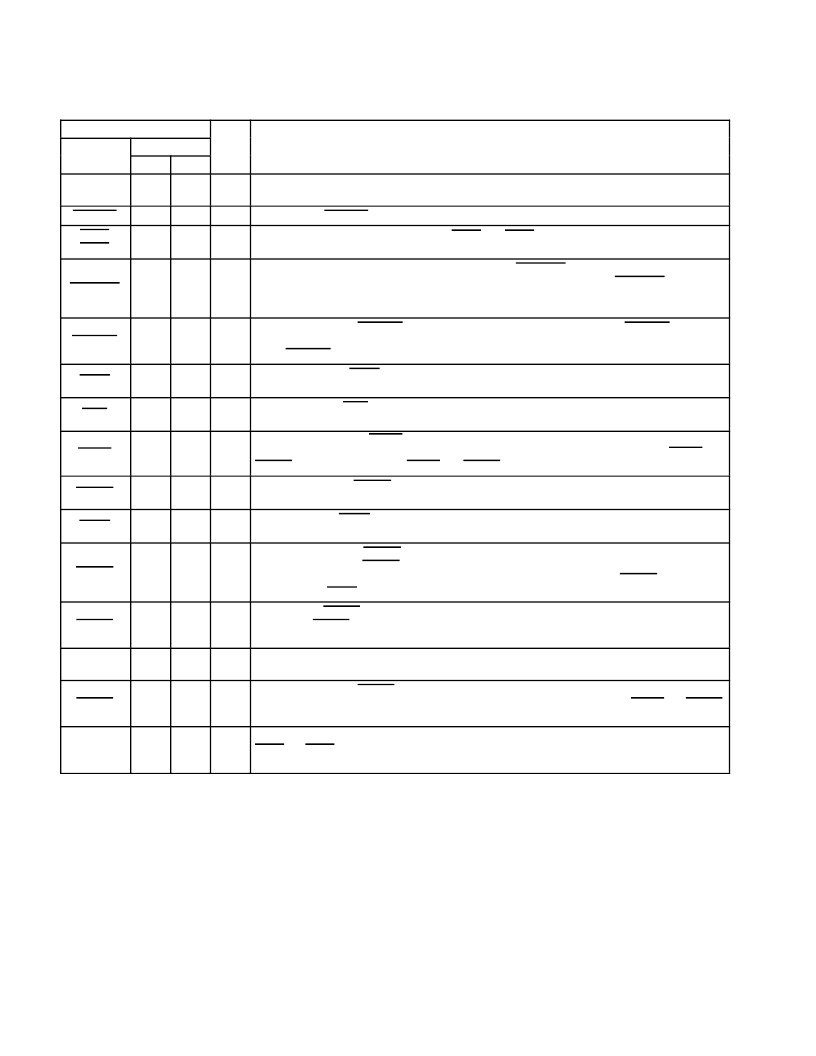- 您現(xiàn)在的位置:買賣IC網(wǎng) > PDF目錄378045 > PCI4410A (Texas Instruments, Inc.) PC CARD AND OHCI CONTROLLER PDF資料下載
參數(shù)資料
| 型號: | PCI4410A |
| 廠商: | Texas Instruments, Inc. |
| 英文描述: | PC CARD AND OHCI CONTROLLER |
| 中文描述: | PC卡和OHCI控制器 |
| 文件頁數(shù): | 36/198頁 |
| 文件大?。?/td> | 892K |
| 代理商: | PCI4410A |
第1頁第2頁第3頁第4頁第5頁第6頁第7頁第8頁第9頁第10頁第11頁第12頁第13頁第14頁第15頁第16頁第17頁第18頁第19頁第20頁第21頁第22頁第23頁第24頁第25頁第26頁第27頁第28頁第29頁第30頁第31頁第32頁第33頁第34頁第35頁當(dāng)前第36頁第37頁第38頁第39頁第40頁第41頁第42頁第43頁第44頁第45頁第46頁第47頁第48頁第49頁第50頁第51頁第52頁第53頁第54頁第55頁第56頁第57頁第58頁第59頁第60頁第61頁第62頁第63頁第64頁第65頁第66頁第67頁第68頁第69頁第70頁第71頁第72頁第73頁第74頁第75頁第76頁第77頁第78頁第79頁第80頁第81頁第82頁第83頁第84頁第85頁第86頁第87頁第88頁第89頁第90頁第91頁第92頁第93頁第94頁第95頁第96頁第97頁第98頁第99頁第100頁第101頁第102頁第103頁第104頁第105頁第106頁第107頁第108頁第109頁第110頁第111頁第112頁第113頁第114頁第115頁第116頁第117頁第118頁第119頁第120頁第121頁第122頁第123頁第124頁第125頁第126頁第127頁第128頁第129頁第130頁第131頁第132頁第133頁第134頁第135頁第136頁第137頁第138頁第139頁第140頁第141頁第142頁第143頁第144頁第145頁第146頁第147頁第148頁第149頁第150頁第151頁第152頁第153頁第154頁第155頁第156頁第157頁第158頁第159頁第160頁第161頁第162頁第163頁第164頁第165頁第166頁第167頁第168頁第169頁第170頁第171頁第172頁第173頁第174頁第175頁第176頁第177頁第178頁第179頁第180頁第181頁第182頁第183頁第184頁第185頁第186頁第187頁第188頁第189頁第190頁第191頁第192頁第193頁第194頁第195頁第196頁第197頁第198頁

2
–
20
Table 2
–
15. CardBus PC Card Interface Control Terminals
TERMINAL
NAME
NUMBER
PDV
I/O
DESCRIPTION
GHK
CAUDIO
182
C10
I
CardBus audio. CAUDIO is a digital input signal from a PC Card to the system speaker. The PCI4410A
device supports the binary audio mode and outputs a binary signal from the card to SPKROUT.
CBLOCK
151
E19
I/O
CardBus lock. CBLOCK is used to gain exclusive access to a target.
CCD1
CCD2
123
185
L19
A9
I
CardBus detect 1 and CardBus detect 2. CCD1 and CCD2 are used in conjunction with CVS1 and
CVS2 to identify card insertion and interrogate cards to determine the operating voltage and card type.
CDEVSEL
155
E17
I/O
CardBus device select. The PCI4410A device asserts CDEVSEL to claim a CardBus cycle as the
target device. As a CardBus initiator on the bus, the PCI4410A device monitors CDEVSEL until a target
responds. If no target responds before timeout occurs, the PCI4410A device terminates the cycle with
an initiator abort.
CFRAME
159
E14
I/O
CardBus cycle frame. CFRAME is driven by the initiator of a CardBus bus cycle. CFRAME is asserted
to indicate that a bus transaction is beginning, and data transfers continue while this signal is asserted.
When CFRAME is deasserted, the CardBus bus transaction is in the final data phase.
CGNT
154
F15
O
CardBus bus grant. CGNT is driven by the PCI4410A device to grant a CardBus PC Card access to
the CardBus bus after the current data transaction has been completed.
CINT
180
A10
I
CardBus interrupt. CINT is asserted low by a CardBus PC Card to request interrupt servicing from the
host.
CIRDY
158
C15
I/O
CardBus initiator ready. CIRDY indicates the CardBus initiator
’
s ability to complete the current data
phase of the transaction. A data phase is completed on a rising edge of CCLK when both CIRDY and
CTRDY are asserted. Until both CIRDY and CTRDY are sampled asserted, wait states are inserted.
CPERR
152
F14
I/O
CardBus parity error. CPERR reports parity errors during CardBus transactions, except during special
cycles. It is driven low by a target two clocks following that data when a parity error is detected.
CREQ
171
E12
I
CardBus request. CREQ indicates to the arbiter that the CardBus PC Card desires use of the CardBus
bus as an initiator.
CSERR
181
B10
I
CardBus system error. CSERR reports address parity errors and other system errors that could lead
to catastrophic results. CSERR is driven by the card synchronous to CCLK, but deasserted by a weak
pullup, and may take several CCLK periods. The PCI4410A device can report CSERR to the system
by assertion of SERR on the PCI interface.
CSTOP
153
E18
I/O
CardBus stop. CSTOP is driven by a CardBus target to request the initiator to stop the current CardBus
transaction. CSTOP is used for target disconnects, and is commonly asserted by target devices that
do not support burst data transfers.
CSTSCHG
183
E10
I
CardBus status change. CSTSCHG alerts the system to a change in the card
’
s status, and is used as
a wake-up mechanism.
CTRDY
157
A16
I/O
CardBus target ready. CTRDY indicates the CardBus target
’
s ability to complete the current data phase
of the transaction. A data phase is completed on a rising edge of CCLK, when both CIRDY and CTRDY
are asserted; until this time, wait states are inserted.
CVS1
CVS2
179
165
F11
E13
I/O
CardBus voltage sense 1 and CardBus voltage sense 2. CVS1 and CVS2 are used in conjunction with
CCD1 and CCD2 to identify card insertion and interrogate cards to determine the operating voltage and
card type.
相關(guān)PDF資料 |
PDF描述 |
|---|---|
| PCI4510PDV | PC CARD AND INTEGRATED 1394A-2000 OHCI TWO PORT PHY/LINK LAYER CONTROLLER |
| PCI4515 | SINGLE SOCKET CARDBUS CONTROLLER WITH INTEGRATED |
| PCI4515GHK | SINGLE SOCKET CARDBUS CONTROLLER WITH INTEGRATED |
| PCI4515ZHK | SINGLE SOCKET CARDBUS CONTROLLER WITH INTEGRATED |
| PCI6420 | Integrated 2-Slot PC Card & Dedicated Flash Media Controller |
相關(guān)代理商/技術(shù)參數(shù) |
參數(shù)描述 |
|---|---|
| PCI4410AGHK | 功能描述:外圍驅(qū)動器與原件 - PCI INTEGRATED PC CARD RoHS:否 制造商:PLX Technology 工作電源電壓: 最大工作溫度: 安裝風(fēng)格:SMD/SMT 封裝 / 箱體:FCBGA-1156 封裝:Tray |
| PCI4410APDV | 功能描述:外圍驅(qū)動器與原件 - PCI INTEGRATED PC CARD RoHS:否 制造商:PLX Technology 工作電源電壓: 最大工作溫度: 安裝風(fēng)格:SMD/SMT 封裝 / 箱體:FCBGA-1156 封裝:Tray |
| PCI4410GHK | 制造商:Rochester Electronics LLC 功能描述:- Bulk 制造商:Texas Instruments 功能描述: |
| PCI4410PDV | 制造商:Rochester Electronics LLC 功能描述:- Bulk |
| PCI4450 | 制造商:TI 制造商全稱:Texas Instruments 功能描述:PC Card and OHCI Controller |
發(fā)布緊急采購,3分鐘左右您將得到回復(fù)。